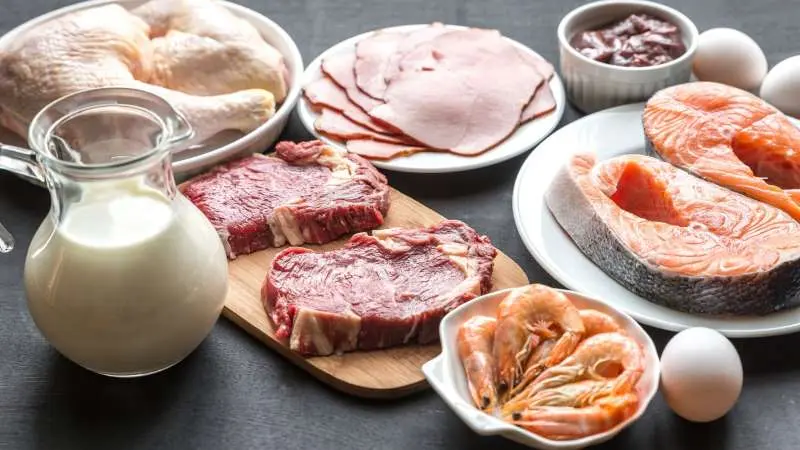
The Dukan Diet Plan: A Comprehensive Analysis
The Dukan Diet, a brainchild of French physician Dr. Pierre Dukan, is a well-structured, multi-phase diet designed for rapid weight loss and maintenance. Known for its high protein and low carbohydrate content, this diet has gained international fame and has seen adoption by people all over the world. This article will delve into the nitty-gritty of the Dukan Diet plan, providing a thorough analysis of its different phases, recommended foods, and lifestyle changes.
1. The Fundamentals of the Dukan Diet Plan
The Dukan Diet is a four-phase diet plan built upon the consumption of proteins, the introduction and then gradual reduction of carbohydrates, and the reinforcement of healthy lifestyle habits. It emphasizes eating lean protein sources, some vegetables, oat bran, and drinking lots of water while avoiding calorie counting.
Dr. Dukan’s philosophy is that by following this high protein, low fat, and low carb diet, the body will naturally burn fat more effectively without sacrificing muscle mass. This diet plan is divided into four distinct phases: Attack, Cruise, Consolidation, and Stabilization.
1. Attack Phase
The Attack Phase kickstarts the diet and typically lasts between 2 and 7 days, depending on your weight loss goal. The focus here is on consuming high-protein foods that kick start the metabolism and result in immediate weight loss. You can eat from a selection of 68 high-protein foods, such as lean meats, fish, eggs, and low-fat dairy products. Additionally, dieters are recommended to consume 1.5 tablespoons of oat bran daily and engage in a short, brisk walk.
2. Cruise Phase
The Cruise Phase is the weight loss phase, during which you introduce 32 types of non-starchy vegetables into your diet every other day, alternating with the protein-only days. The list includes tomatoes, cucumbers, spinach, zucchini, and more. Oat bran intake is increased to 2 tablespoons per day. The length of this phase varies depending on your weight loss objective. Regular exercise is promoted, particularly walking and strength exercises.
3. Consolidation Phase
The Consolidation Phase is a transitional phase to prevent sudden weight gain after rapid weight loss. Here, you can start reintroducing foods previously forbidden in a controlled and gradual manner. The diet now includes one serving of fruit, two slices of whole-grain bread, and one serving of cheese per day. Also, you can enjoy one or two “celebration” meals per week where you are allowed to eat your favorite foods, albeit with moderation. This phase lasts five days for each pound you have lost in the first two phases.
4. Stabilization Phase
The Stabilization Phase is the final phase and is meant to be followed for life to maintain your achieved weight. You are now allowed to eat whatever you like, with the condition that you adhere to a few simple rules: dedicate one day per week to eating only proteins (as in the Attack Phase), continue consuming 3 tablespoons of oat bran daily, and commit to regular physical activity.
Benefits and Criticisms
The Dukan Diet plan offers structure and clear guidelines, making it easy for many to follow. The quick weight loss in the Attack Phase can also be a significant motivating factor.
However, the diet has faced criticism for being too restrictive, which can make it challenging to adhere to over the long term. Potential side effects may include nutrient deficiencies due to the elimination of entire food groups, as well as digestive problems due to a lack of fiber in the initial phases.
High protein intake can also put a strain on the kidneys, so individuals with kidney problems should exercise caution. As always, consult with a healthcare professional before starting any diet.
Conclusion
The Dukan Diet plan presents a structured pathway to rapid weight loss and long-term weight management. However, like any diet, it requires discipline, commitment, and lifestyle changes. Its focus on proteins and gradual reintroduction of other food groups offers a unique approach, but potential dieters should consider the potential benefits and drawbacks and consult with a healthcare provider to ensure it is a good fit for their personal health needs and goals. Long-term success in weight loss typically comes from sustainable, healthy lifestyle changes rather than quick-fix diets.

